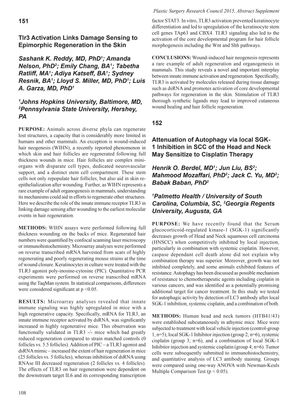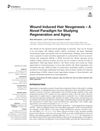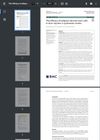Abstract 151
April 2015
in “
Plastic and Reconstructive Surgery
”
TLR3 wound-induced hair neogenesis WIHN hair follicles regeneration microarray analyses quantitative PCR confocal scanning laser microscopy immunohistochemistry TLR3 mRNA TLR3 knockout mice synthetic ligand poly-inosine-cytosine RNAse III IL6 STAT3 keratinocyte differentiation stem cell genes developmental pathways hair follicle morphogenesis dsRNA hair regeneration skin regeneration hair follicle development wound healing

TLDR Activating TLR3 helps improve skin and hair follicle regeneration after wounds.
The study investigated the role of the innate immune receptor TLR3 in wound-induced hair neogenesis (WIHN), a process where skin and hair follicles regenerate after full-thickness wounds in mice. The researchers performed experiments on mice, comparing those with high and low regenerative capacities, and used microarray analyses, quantitative PCR, and confocal scanning laser microscopy or immunohistochemistry to assess hair regeneration. They found that TLR3 mRNA was significantly increased in mice with high regenerative capacity and that TLR3 knockout mice had greatly reduced regeneration. Activation of TLR3 with a synthetic ligand (poly-inosine-cytosine) increased hair regeneration, while inhibition with RNAse III decreased it. The effects of TLR3 were dependent on IL6 and STAT3. In vitro, TLR3 activation prevented keratinocyte differentiation and upregulated stem cell genes, activating developmental pathways for hair follicle morphogenesis. The conclusion was that TLR3 activation by damage-associated molecules like dsRNA promotes skin regeneration and hair follicle development, suggesting that stimulating TLR3 could improve wound healing and hair regeneration.




